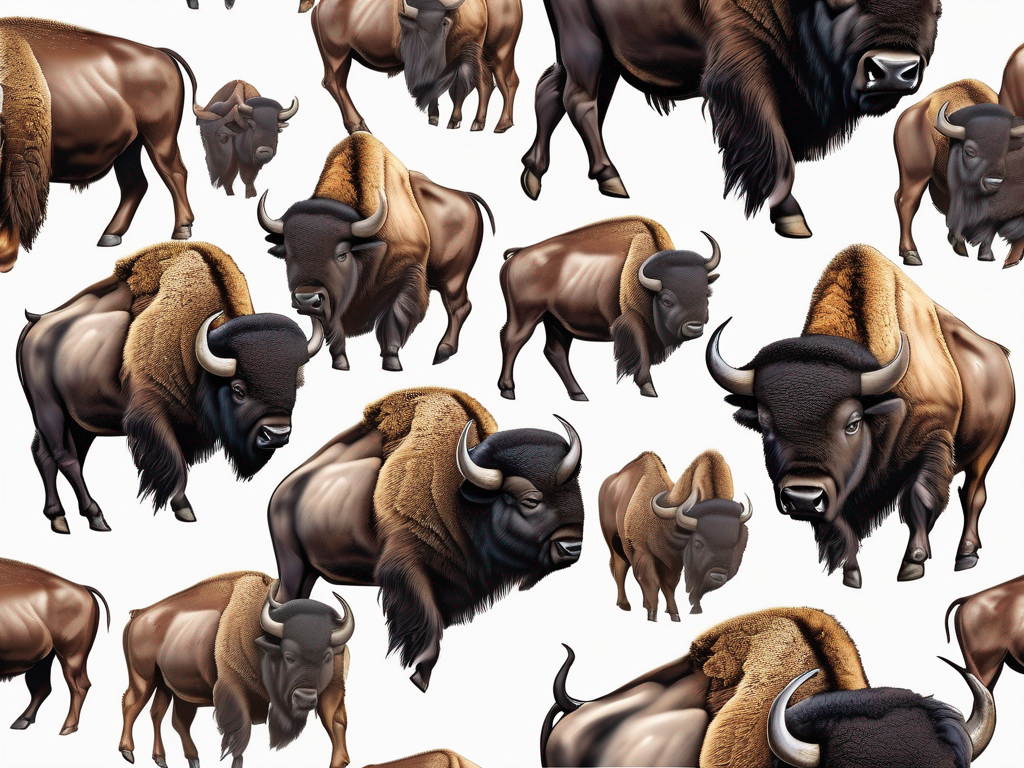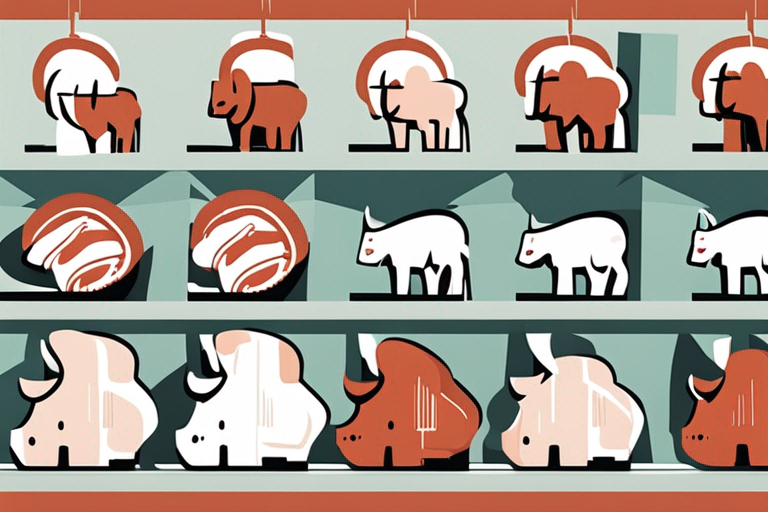
Signs that Bison has Gone Bad: How to Safely Store and Identify Spoiled Meat
Get Your Free Food Safety Cheat Sheet
30 most common foods with instant answers. Print it and stick it on your fridge—completely free!
Signs that Bison has Gone Bad: How to Safely Store and Identify Spoiled Meat
Bison meat is a popular choice for its lean, flavorful profile and nutritional benefits. However, like any other type of meat, bison can spoil if not stored properly. It's crucial to be able to identify the signs that bison has gone bad to prevent foodborne illnesses. In this blog post, we will discuss the key indicators of spoiled bison meat and provide practical tips on how to store it safely. (Bison)
Why Proper Storage is Essential for Bison Meat
Proper storage of bison meat is essential to maintain its quality and safety. When bison meat is not stored correctly, it can spoil quickly, leading to bacterial growth and foodborne illnesses. Here are some reasons why proper storage is crucial:
- Prevents Bacterial Growth: Improper storage conditions can promote the growth of harmful bacteria such as Salmonella, E. coli, and Listeria.
- Maintains Freshness: Proper storage helps to retain the freshness and flavor of bison meat.
- Prevents Food Waste: By storing bison meat correctly, you can prevent spoilage and reduce food waste.
How to Store Bison Meat Safely
Proper storage is the key to maintaining the quality and safety of bison meat. Follow these guidelines to store bison meat safely:
- Refrigeration: Store fresh bison meat in the refrigerator at a temperature below 40°F (4°C).
- Freezing: If you're not planning to consume the bison meat immediately, freeze it at 0°F (-18°C) or below.
- Packaging: Wrap bison meat tightly in plastic wrap or aluminum foil to prevent air exposure and freezer burn.
- Labeling: Always label the bison meat with the date of purchase to track its freshness.
- Thawing: Thaw frozen bison meat in the refrigerator or under cold running water to prevent bacterial growth.
Signs that Bison Meat has Gone Bad
It's essential to be able to identify the signs that bison meat has gone bad to avoid consuming spoiled meat. Here are the key indicators of spoiled bison meat:
- Off Odor: Spoiled bison meat will have a foul or rancid odor that is noticeably different from fresh meat.
- Change in Color: Look for any changes in the color of the bison meat, such as a grayish or greenish tint.
- Slimy Texture: Spoiled bison meat may feel slimy or sticky to the touch.
- Visible Mold: If you see any mold growth on the bison meat, it is a clear sign that it has spoiled.
- Unpleasant Taste: If the bison meat tastes sour, metallic, or off, it is likely spoiled.
Tips for Ensuring Bison Meat Freshness
To ensure the freshness of bison meat and prevent spoilage, follow these additional tips:
- Use a Meat Thermometer: Cook bison meat to the recommended internal temperature to kill any harmful bacteria.
- Store Away from Other Foods: Keep bison meat separate from other foods in the refrigerator to prevent cross-contamination.
- Regularly Clean the Refrigerator: Clean and sanitize your refrigerator regularly to prevent the growth of bacteria.
Conclusion
Proper storage and handling are essential to maintaining the safety and quality of bison meat. By following the guidelines outlined in this blog post, you can ensure that your bison meat remains fresh and safe for consumption. Remember to pay attention to the signs of spoiled bison meat and always practice good food safety habits when storing and preparing meat. Enjoy the nutritional benefits of bison meat by ensuring its freshness and quality at all times. For more information on bison meat, visit bison.
Remember, when in doubt, throw it out! (Bison)

Authoritative Food Safety References
These agencies and university labs inform every tip and health precaution we publish.
USDA FoodKeeper – Cold Storage Guidelines
Official refrigerator, freezer, and pantry timelines maintained by the U.S. Department of Agriculture.
Visit USDA FoodKeeperFDA Produce Safety Rule & Grower Guidance
Field-to-fridge handling practices that prevent contamination of fruits, vegetables, and leafy greens.
Visit FDA Produce SafetyCDC Foodborne Illness Prevention Hub
Surveillance-backed guidance on pathogens, symptoms, and steps to reduce foodborne illness risk.
Visit CDC Food SafetyUC Davis Postharvest Technology Center
University research detailing optimal storage atmospheres for produce after harvest.
Visit UC Davis PostharvestPenn State Extension – Home Food Preservation & Safety
Peer-reviewed extension bulletins on safe canning, chilling, and reheating practices.
Visit Penn State ExtensionHow can I tell if bison meat has gone bad?
What is the best way to store bison meat to prevent spoilage?
Can I still eat bison meat if it has been frozen and thawed?
How long can I keep bison meat in the refrigerator before it spoils?
Are there any specific guidelines for handling and cooking bison meat to prevent foodborne illness?
Get Your Free Food Safety Cheat Sheet
30 most common foods with instant answers. Print it and stick it on your fridge—completely free! Want more? Upgrade to the complete guide with 70+ foods.
Scan your food directly and get instant safety info using our AI-powered camera feature.